By Julie Tomascik
Farming and ranching is tough work. Downright dirty at times. Those long hours on the tractor, in the pasture or in the shop aren’t for everyone.
Only a few choose to do it—about 2 percent, actually. Most of them clock in at a young age and never retire.
And you should know the truth about what they do. What really happens on farms and ranches across the state and nation. Like these five dirty truths…
5. Farmers and ranchers eat what they grow. Farmers and ranchers are gardeners. Just on a larger scale. And, like any gardener, they eat what they grow and feed it to their families. That shows their confidence in the safety of their food.
4. Meat is antibiotic-free. Sometimes animals get sick. It happens. But farmers and ranchers step in to help by administering antibiotics to fight the infection. Don’t worry, though. Those antibiotics don’t make their way to your table. Antibiotics are tested and labeled with timelines that prevent treated animals from entering the food chain until the product has cleared their system.
3. Farmers have choices when it comes to the seeds they plant. Lots of them. They aren’t forced to buy from Monsanto or any other seed company. They get to pick. And pick they do from conventional, hybrids and genetically modified and more. Not to mention buying from a regional seed company or any other big-named, or small, company. It’s their choice.
2. It’s not one-size-fits-all. There are different crops and livestock. Different people. Various farming and ranching practices—conventional, organic, grain-finished or grass-finished. And a multitude of others. Each a little different than the last. Because agriculture isn’t black and white. It’s several shades of gray.
1. Agriculture is a family business. Big or small, 97 percent of all U.S. farms are family farms, facing similar challenges we all share. And they all have the same values. Making farmers and ranchers a bigger family with each other, all growing food for you and me.
There you have it. The nitty-gritty, dirty truth of modern agriculture.


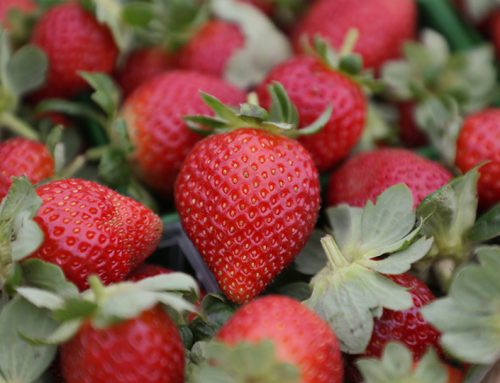
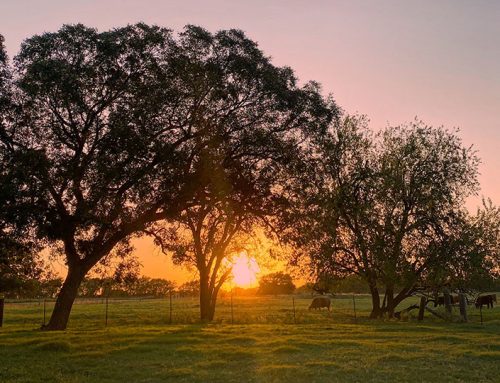
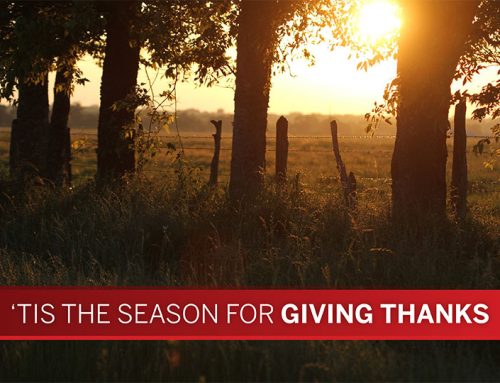
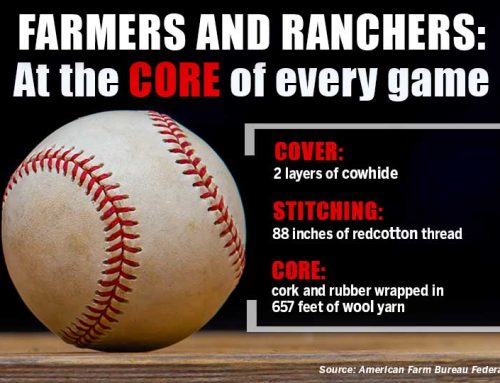
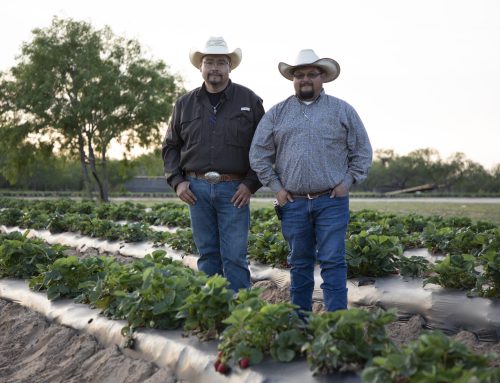

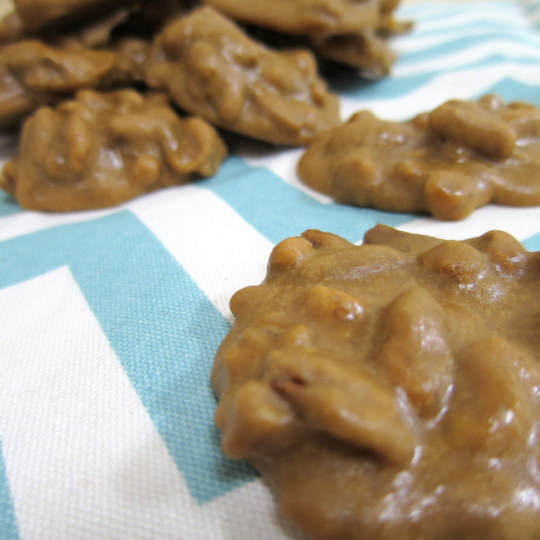


Leave A Comment